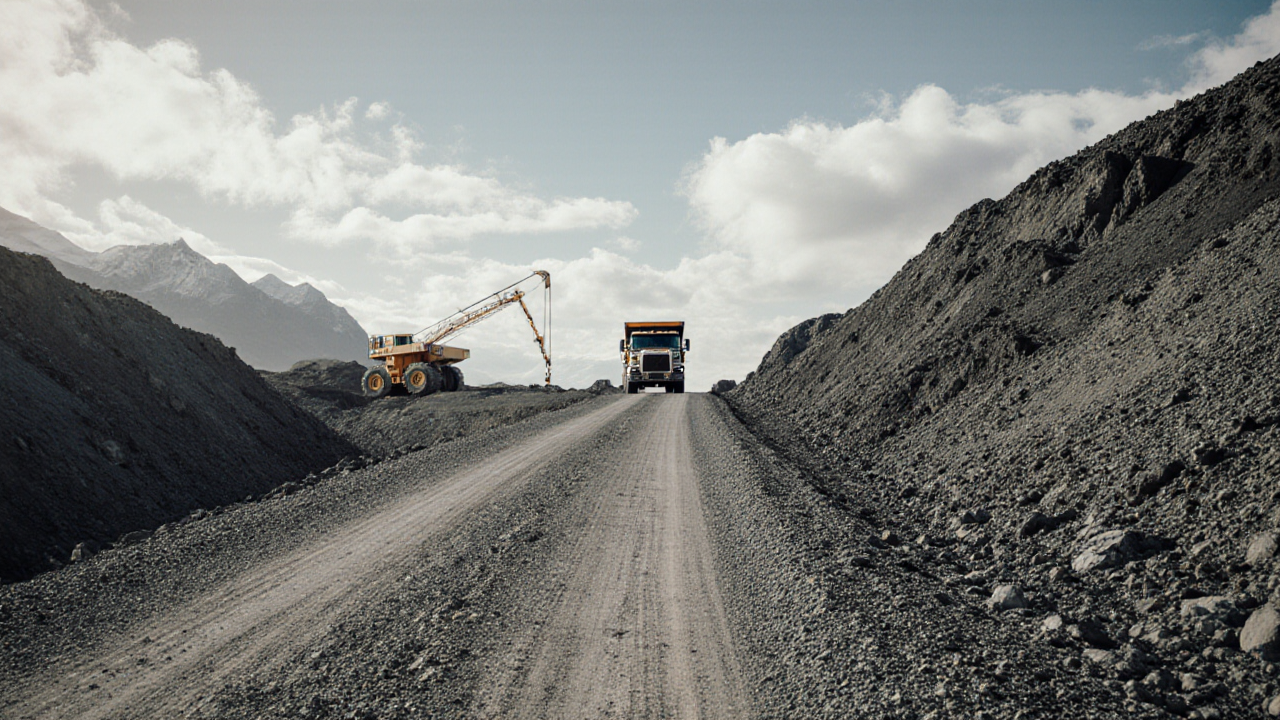
When a federal administration granted approval for a 211‑mile gravel road through the remote interior of Alaska, the decision reverberated far beyond the state’s rugged landscape. The project, designed to unlock a copper deposit valued at $7 billion and adjacent cobalt, gold, and zinc resources, underscores the growing urgency for domestic critical‑mineral supply chains. For supply‑chain leaders, the move signals a broader trend: governments are increasingly stepping in to secure foundational materials that underpin high‑tech manufacturing, renewable energy, and national defense.
The Ambler Road, which will traverse 26 miles of the Gates of the Arctic National Park and Preserve and cross 11 rivers and thousands of streams, illustrates the logistical complexity of accessing remote mineral assets. While the infrastructure promises to reduce transportation costs and shorten lead times for mining operations, it also introduces significant environmental and regulatory hurdles. The project’s scale highlights the need for robust, data‑driven route planning and real‑time environmental monitoring to mitigate impacts on wildlife habitats and water quality. Critical minerals such as copper and cobalt are indispensable for batteries, electric vehicles, and advanced electronics—sectors that drive the AI and renewable‑energy revolutions. A secure domestic supply of these materials is no longer a strategic luxury but a competitive imperative. The federal government’s decision to take a 5 % equity stake in a major lithium mine and a similar stake in a high‑grade lithium project demonstrates a policy shift toward proactive participation in the value chain, reducing dependence on foreign sources and shielding supply chains from geopolitical volatility.
Stakeholder dynamics add another layer of complexity. A coalition of 40 federally recognized tribes has voiced strong opposition, citing threats to subsistence hunting, fishing, and the migration corridors of caribou and salmon. Their concerns highlight the necessity of integrating social and environmental considerations into supply‑chain risk assessments. Ignoring these voices can lead to costly litigation, project delays, and reputational damage that outweigh the short‑term benefits of rapid resource development.
For supply‑chain professionals, the Alaska case study offers several lessons. First, regulatory landscapes are shifting toward stricter environmental safeguards, demanding greater transparency and ESG compliance. Second, governments are increasingly willing to take equity positions in critical‑mineral projects, creating partnership opportunities but also aligning corporate objectives with national security priorities. Third, the logistics of mining in remote regions require advanced technologies—AI‑driven predictive analytics, satellite imaging, and autonomous monitoring—to optimize routes, manage environmental footprints, and ensure operational resilience.
Operational excellence in this context hinges on the integration of technology and stakeholder engagement. Leaders should adopt real‑time data platforms that track environmental indicators, such as water turbidity and wildlife movement, enabling proactive adjustments to construction schedules and maintenance activities. Coupling these tools with robust stakeholder engagement frameworks can transform potential conflict into collaborative problem‑solving, fostering trust and accelerating project timelines.
The broader market trend points toward a renaissance of domestic mining and infrastructure investment, driven by the twin forces of supply‑chain resilience and sustainability. Companies that proactively diversify their mineral sourcing, invest in technology that enhances visibility and traceability, and embed ESG metrics into their procurement decisions will be best positioned to capitalize on emerging opportunities while mitigating risks.
Actionable recommendations for senior operations leaders include: establishing cross‑functional teams to evaluate critical‑mineral supply‑chain risks; investing in AI and remote‑sensing capabilities to monitor environmental compliance; engaging local communities early to build partnerships and secure social license; and exploring joint ventures or equity arrangements with governments to align incentives and share investment burdens.
In the long run, the Alaska road project serves as a microcosm of the challenges and opportunities facing global supply chains. It reminds leaders that securing essential resources is inseparable from respecting environmental stewardship and social responsibility. By embracing technology, collaboration, and strategic foresight, supply‑chain professionals can transform these challenges into catalysts for innovation, resilience, and sustainable growth.
Loading comments...